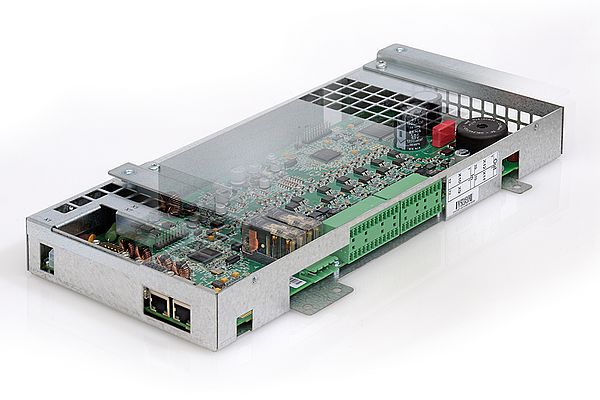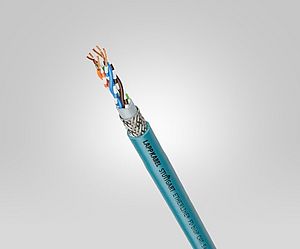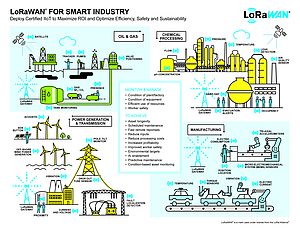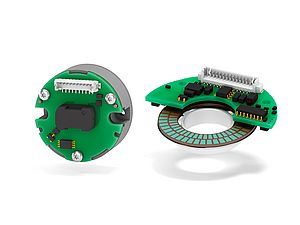For the realisation of Industrie 4.0 (Industrial Internet of Things) concepts, mobile robots that collaborate with humans are indispensable. If complicated protective gates are to be dispensed with, however, and the principle that humans and robots must always work in separate areas is to be waived, the demands on safety technology increase. Some safety solutions for human-robot collaboration (HRC) are being presented at the Automatica trade fair by the Schmersal Group: The Schmersal safety controller is a control system that specifies a definable three-dimensional work zone for the robot and immediately detects if this area is exited. In this case, the robot is taken out of operation straightaway by this control system.
The safety controller also monitors the speed towards the boundary at all times. In other words, the speed may never be too high that the robot would be prevented from braking at any point to avoid exiting the permissible movement zone. The safety controller from Schmersal is a trusted safety solution that has already been employed in over 30,000 robots and, in particular, in the automotive industry. It facilitates a collaboration between humans and robots without a protective gate separating them. However, the movements and speed in an HRC situation can also be realised with the aid of the PSC1 safety control system from Schmersal in combination with relevant sensors. With the "Save Drive Monitoring" module (SDM) of the PSC1 control system, up to 12 axes can be monitored safely by means of comprehensive functions compliant with DIN EN 61800-5-2 (e.g. safe stop and safe operating stop, safe torque off, safely limited speed and acceleration etc.). The great flexibility of the PSC1 control system is based, among other things, on simple configuration to accommodate a wide range of different applications.
Research projects for human-robot collaboration
In future, humans and robots are to work together in a closer and safer environment. A project launched by the Bonn-Rhein-Sieg university in April 2016, which is to run for three years, is researching new technologies to this end: Optical sensors and special image processing algorithms are to be used here, among other things, to detect human skin and identify the silhouette of a human. In this way, industrial robots should be able to recognise if they get too close to a human and stop any dangerous movement in good time.






















































